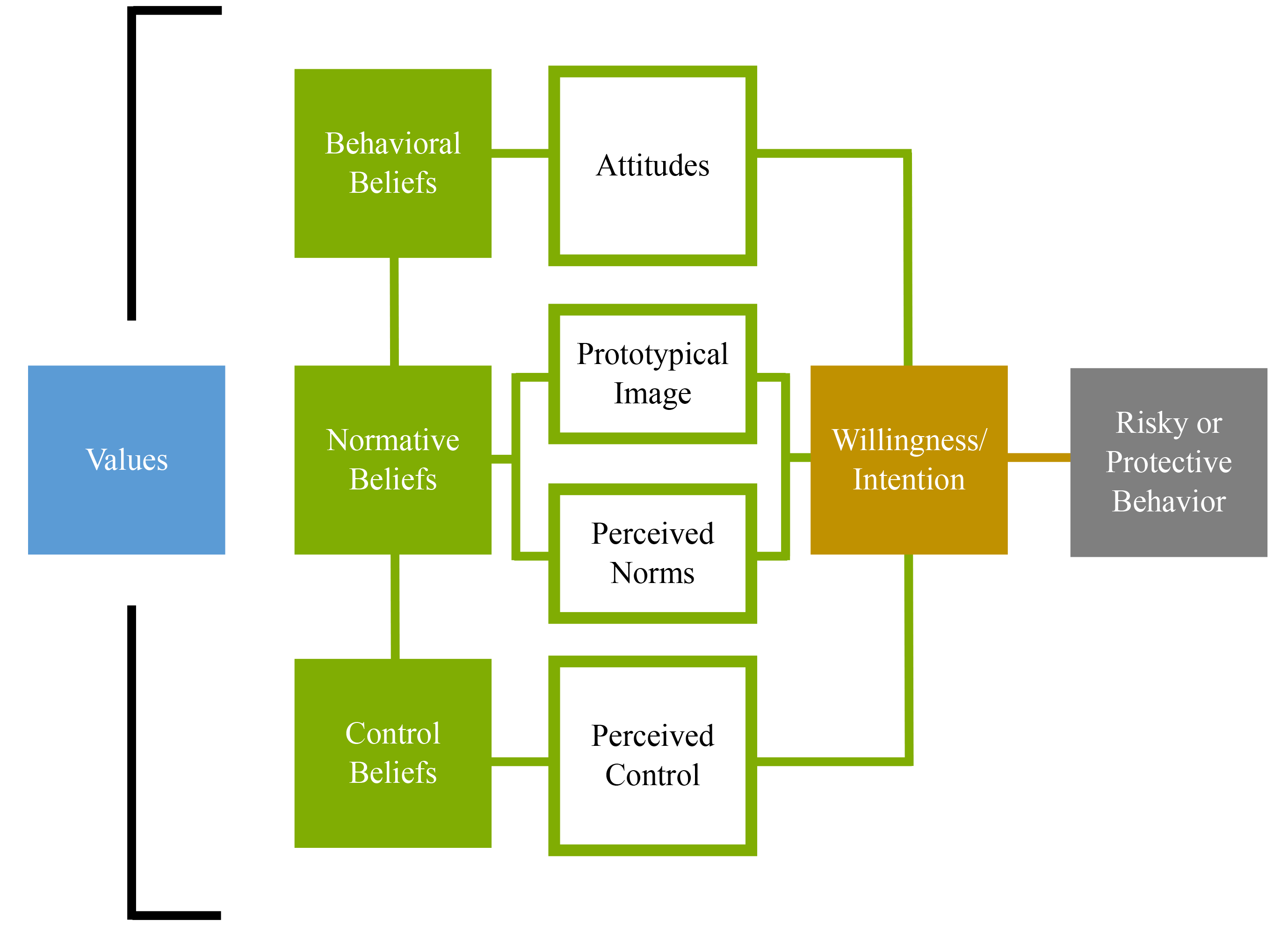Beliefs Become Behaviors: Insights Into Traffic Safety Culture
UMassSafe, with support from the Federal Motor Carrier Safety Administration, has begun conducting an online survey of large truck operators entitled Understand Driving Attitudes and Behaviors Among CMV Drivers. The purpose of this initial exploratory survey is to better understand how traffic safety culture influences drivers to engage or not engage in dangerous behaviors, such as driving under the influence of alcohol or cannabis, exceeding hours-of-service regulations, or texting while driving.
Traffic safety culture has been defined as “the shared belief system of a group of people, which influences road user behaviors and stakeholder actions that impact traffic safety.” For the purpose of analyzing and determining how traffic safety culture influences the behaviors of drivers, a model of the culture is created, and broken down into eight components:
Definition of Components of Traffic Safety Culture
|
Model Component |
Definition |
|
Attitudes |
Subjective evaluation of an object or behavior in terms of emotional reaction (e.g., “Speeding is exciting”) and perceived utility (e.g., “Speeding is beneficial”) |
|
Behavioral Beliefs |
Expectations about the physical and social consequences of a behavior (e.g., “If I speed, I will likely get an expensive fine,” “If I drink and drive, my friends will exclude me”) |
|
Perceived Norms |
The behavior believed to be most common and expected (approved) in a given context (e.g., wearing a seat belt when driving with parents) |
|
Prototypical Image |
Perceptions (attitude) of people imagined to always or never perform the behavior (e.g., “People who never speed are boring”) |
|
Normative Beliefs |
Beliefs about (1) what behaviors are most common in a group (e.g., “All my friends speed”); (2) what important people in that group expect (e.g., “My parents expect me not to drink”); and (3) what the shared characteristics of people perceived to typically engage (or abstain) in that behavior are |
|
Willingness |
The predisposition (openness) to commit a behavior if an unexpected situation arises (e.g., “I willing to speed on back roads when there is no traffic”) |
|
Intention |
The deliberate decision to commit a behavior in an anticipated situation (e.g., “I plan to wear my seat belt every time drive”) |
|
Behavior |
Self-reported frequency of behavior in past three months |
As shown below, the beliefs that define traffic safety culture can influence the willingness and intention of road users to engage in safe or dangerous behaviors.

This initial exploratory survey is focused strictly on behavioral beliefs, examining how commercial driver traffic safety culture informs engagement with unsafe behaviors, specifically impaired driving (alcohol, cannabis), and distracted driving (texting) as well as hours-of-service (HOS) compliance. This study tests the hypothesis that drivers with favorable beliefs about the outcomes of these behaviors will self-report engaging these behaviors more often. This study also assesses the influence of some key behavioral beliefs that may determine positive attitudes toward these behaviors.
By determining which beliefs are most strongly associated with these behaviors, it is then possible to suggest strategies to change these beliefs, thereby reducing engagement in the behaviors. Once this initial survey has been completed, the next step would be to conduct a second survey to further examine this model of belief system by looking at large truck operators' attitudes, values and normative beliefs to determine how they influence decisions to engage or not engage in unsafe behaviors.
